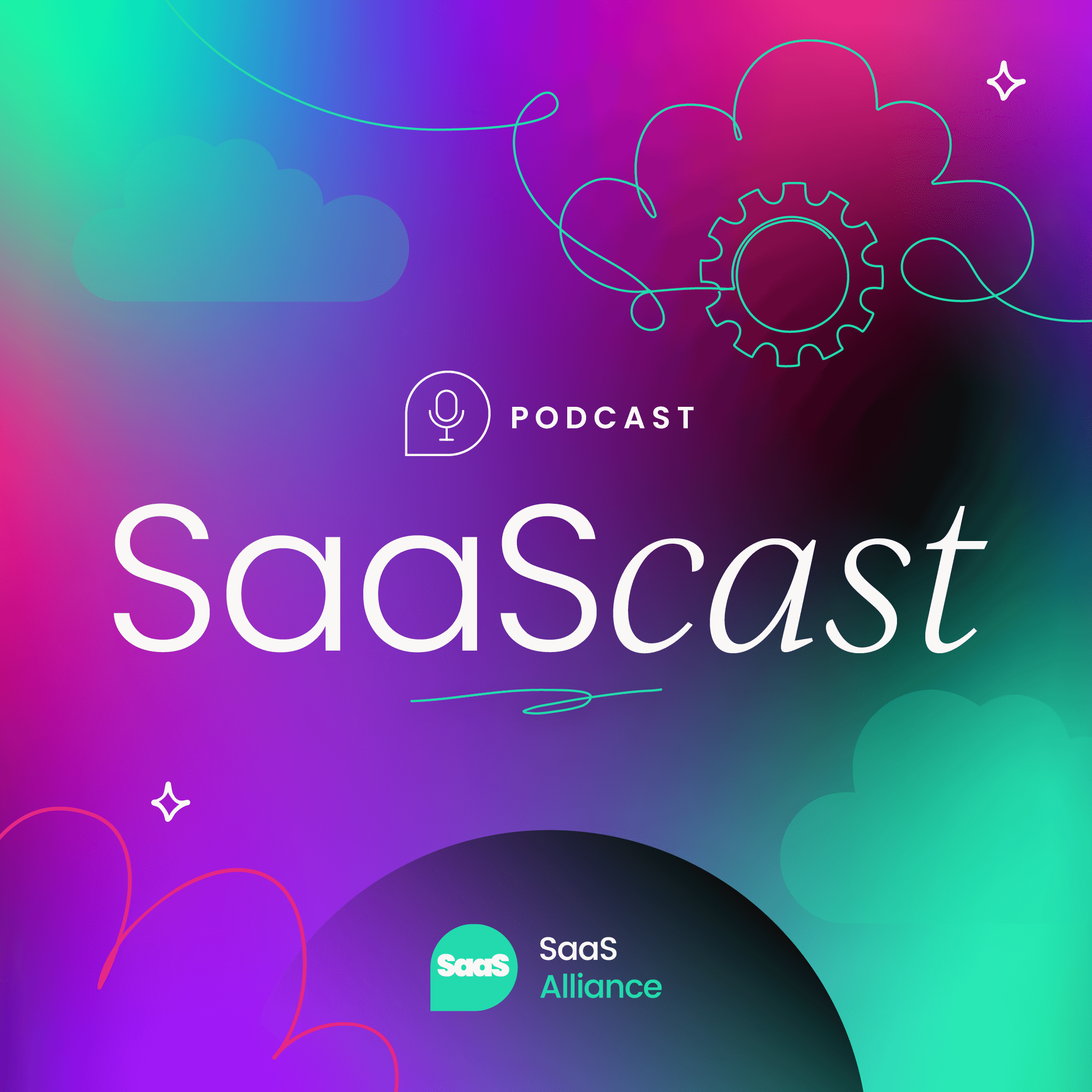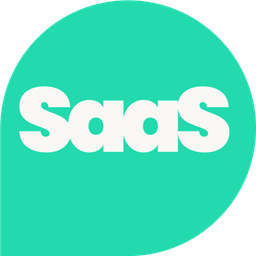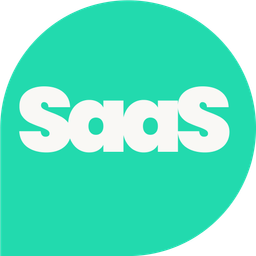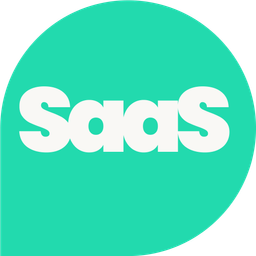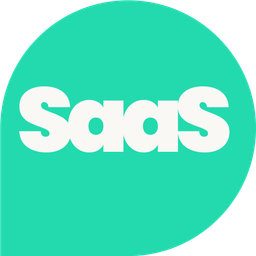Software as a service (SaaS) metrics are ways businesses track their progress toward goals and spot areas for improvement. These metrics can track a variety of business areas, such as:
Keeping an eye on these performance indicators can help to keep your SaaS business on the right track.
Why are SaaS metrics important?
Metrics are important for SaaS companies for a number of reasons. Mainly, they help your leaders to make data-driven decisions towards your organization's goals.
Tracking SaaS performance metrics can also benefit:
- Prioritization – metrics can show your org’s strengths and weaknesses, allowing you to prioritize the most at-risk areas.
- Profitability – monitoring revenue metrics can help you to optimize your revenue streams and budgets to create more profits.
- Customer satisfaction – data can also benefit your customers, by spotting trends in satisfaction and churn.
- Marketing campaign success – without metrics, it’s unclear how your marketing efforts are paying off; tracking progress allows your team to refine their strategy over time.
Now we understand why metrics are so important, let’s dive into the key SaaS metrics for success…
Revenue metrics
Gross margin
Gross margin measures your brand’s profitability and indicates whether your company can cover its expenses. A high gross margin indicates a high level of profit and a strong financial position.
This metric is measured as total revenue minus the cost of goods sold (CoGS), but this is usually expressed as a percentage.
Here’s the formula:
Gross margin = ((Revenue - CoGS) / Revenue) x 100
The most important part of calculating this metric is defining what costs are included in CoGS. This should be all of the direct costs associated with producing your products/services.
As a SaaS organization, you can also measure your company’s recurring revenue gross margin; this will involve adjusting your CoGS to include expenses that support retaining customers and recurring billing, such as customer success.
Net revenue retention (NRR)
Net revenue retention measures the percentage of revenue retained over a certain period (typically monthly or yearly NRR). This looks at how much revenue your current customers were bringing in within the last period and compares it to the same customer group now.
An NRR measurement above 100% indicates a company’s growth, as you’ve successfully retained (and grown) your existing customers’ accounts compared to the last period.
The formula for NRR is:
NRR = (Retained revenue / Base recurring revenue) x 100

Annual recurring revenue (ARR)
Annual recurring revenue predicts the recurring revenue your SaaS business will generate in the next year. This metric is a prediction, so it assumes no major changes to your customer base (such as an increased churn rate, or a sudden spike in new customers).
This metric is especially important for SaaS organizations focused on yearly billing models.
SaaS organizations typically use ARR to measure year-on-year (YoY) growth, as a high ARR growth rate indicates the company is generating more revenue (through new accounts and/or expanded existing accounts) than the previous period.
To calculate your ARR:
ARR = No. of paying customers x Average revenue per customer per year
It’s important to note: ARR doesn’t take into account any one-off payments as it only focuses on recurring revenue.
Monthly recurring revenue (MRR)
Similar to ARR, monthly recurring revenue predicts the recurring revenue your business will generate on a monthly basis. Again, this is a prediction, so it doesn’t account for major changes.
This metric gives you a more granular look into your recurring revenue and allows you to compare data on a monthly basis. This is key if your SaaS pricing model focuses on monthly subscriptions.
To calculate your MRR:
MRR = No. of paying customers x Average revenue per customer per month
Your MRR growth rate will depend on the size and stage of your business, but on average, a 15% growth rate is seen as healthy.
Average revenue per user (ARPU)
We’ve already mentioned average revenue per user as a factor in ARR and MRR, but this metric can also be looked at on its own.
ARPU indicates the average revenue generated per customer account. This is useful for tiered SaaS pricing as you can monitor which tier your average customer is on, and adjust pricing or increase upselling campaigns.
The ARPU can also influence budgets for customer acquisition (more on this in the acquisition metrics section). If it costs more to gain customers than the average user spends, your business could be in trouble.
The formula for average revenue per user is:
APPU = Total revenue / Total no. of users
Acquisition metrics
Customer monthly growth rate (CMGR)
Your customer monthly growth rate is the rate your organization adds new customer accounts each month. Essentially, it compares the number of new customers at the end of the month to the number of customers at the start of that month.
It’s calculated as a percentage using this formula:
CMGR = (New customers / Starting period customers) x 100
A high CMGR indicates your business is successfully acquiring customers month-on-month and may suggest your org has good growth potential.
Customer acquisition cost (CAC)
Customer acquisition cost is a measure of the amount spent to acquire a new customer. This takes into account the total cost of your sales and marketing efforts (including headcount ) to determine the cost of gaining new customers.
To calculate your CAC:
CAC = Total cost of marketing and sales / New customers
The cost-effectiveness of your marketing campaigns is a good indicator you’re on the right track. So you’re aiming to lower your CAC over time, but this doesn’t necessarily mean reducing your marketing budget – it’s about creating effective campaigns.
The real red flag is if your CAC is higher than your customer lifetime value (we’ll discuss this more later on).
Some ways to reduce your CAC include:
- Re-engaging with existing customers and gathering feedback
- Creating a referral program
- Consistently build a community
- Optimize your search engine optimization strategy

Months to recover CAC
As it sounds, this metric measures how many months it takes your company to earn back the cost of acquiring new customers. This is also referred to as the CAC payback period.
In other words, it measures how long it takes to break even and make a return on investment from your customers.
The formula to calculate the months to recover CAC is:
Months to Recover CAC = CAC / (MRR x gross margin)
As your SaaS business grows, this number should slowly decrease, but it can take some time to reduce the CAC payback period. The faster you can recover CAC, the less risky and more profitable your business model.
Customer lifetime value (CLV)
Customer lifetime value tracks the average amount of revenue your customers bring in while they’re engaged with your business. In SaaS terms, this is the average amount of money spent with your company before your customers churn.
This metric shows how much your customers are worth on average, the more your customers spend, the more valuable your customers are to your business’ profitability. So, it’s important to keep your customers happy to increase your CLV.
Calculate your CLV with this basic formula:
CLV = Average value of a transaction x Average number of transactions x Customer lifespan
But for monthly recurring pricing, your SaaS business may want to use this calculation:
CLV = ARPU x average customer lifespan (in months)
CAC-to-LTV ratio
As we hinted at earlier, your CAC shouldn’t be higher than your LTV, and that’s why it’s important to measure your CAC-to-LTV ratio. In case that wasn’t clear, this metric simply compares your acquisition costs to your customer’s lifetime value.
There’s actually no calculation necessary for this measurement (assuming you’ve already calculated your CAC and LTV), as you’re simply comparing the two.
You should be aiming for an LTV around three times your CAC value (CAC: LTV = 1:3).
If your CAC is higher than this (e.g., 1:1), you’re spending too much on marketing and sales. On the other hand, if your CAC is lower than this (e.g. 1:6), you may be leaving additional customers on the table by underspending.
It’s all about balance. ⚖️
Retention and satisfaction metrics
Customer churn rate and customer retention rate
Customer churn rate measures the rate at which your customers are leaving your brand or “churning,” whereas customer retention rate refers to the rate of customers staying loyal to your brand.
These are, in essence, two sides of the same coin.
Both churn and retention rates are important in understanding how well your SaaS business retains customers (and, therefore, recurring revenue). You should aim to keep churn low (under 4-5%) and retention high (over 95-96%).
Customer churn rate = (Churned customers / Total no. customers) x 100
Customer retention rate = (Retained customers / Total no. customers) x100
Retaining your customers is just as important as generating new ones, especially in SaaS business models. If you can’t retain customers, you’ll struggle to create an effective and feasible recurring business, especially if customers are churning before their CAC payback period.

Customer engagement score
Customer engagement scores provide insights into how engaged your customer base is with your service. This metric combines a variety of engagement indicators such as: log-in frequency, product usage, feature adoption, and more.
It should provide an overall indication of how engaged and satisfied your customer base is with your SaaS offerings.
This measurement isn’t as straightforward as a simple calculation, as engagement scores should be based on which factors are most important for your business and customers.
It’s key to analyze your customers’ activities, engagement indicators, and churn indicators to determine which measures should be included in your customer engagement score calculation.
Customer health score
Customer health score is similar to customer engagement score, but instead of tracking engagement, this metric tracks the health of customer accounts and flags at-risk accounts for your customer success team.
Usually, this score is calculated with predictive analytics so your team can take action to prevent churn. Once a customer cancels their subscription, it’s often too late, so customer health scores exist to step in before a customer leaves for good.
Your customer success team should reach out to customers with low health scores to see how their experience could be improved and prevent them from churning.
Again, like customer engagement scores, health scores take into account a variety of factors to assign each account a health score.
Net promoter score (NPS)
Another way to score customer satisfaction is with a net promoter score, which measures how likely a customer is to recommend your product to others.
NPS is calculated by asking customers: On a scale of 0 to 10, how likely are you to recommend this product/service to a friend or colleague?
Then, their answers are categorized into promoters, passives, and detractors. The scoring bands for each of these groups may depend on your company, but typically, a score of 9-10 is a promoter.
The formula for NPS is:
NPS = Percentage of detractors - Percentage of promoters
This metric can be used to show customer loyalty and satisfaction, as a high NPS indicates lots of satisfied customers willing to advocate for your company. In turn, this can lead to increased word-of-mouth marketing.
Daily active users (DAU)
Daily active users are an important SaaS metric to keep an eye on how many unique users engage with your offering every day. This could be logging into your service or taking action on your product.
DAU = No. of unique users active every day.
If your customers use your product in their everyday routine, it’ll be more difficult for them to churn, making this metric a great indicator of engagement and loyalty.
Monthly active users (MAU)
Monthly active users, on the other hand, are the number of unique accounts engaging with your product on a monthly basis. Again, these are accounts who’ve logged on, or taken an action at least once in the last 30 days.
MAU = No. of unique users active in the last 30 days.
Most of your customers won’t use your product daily, so MAU is a great indicator of the total size of your active user base, which can provide insights into your organization’s reach and user retention.
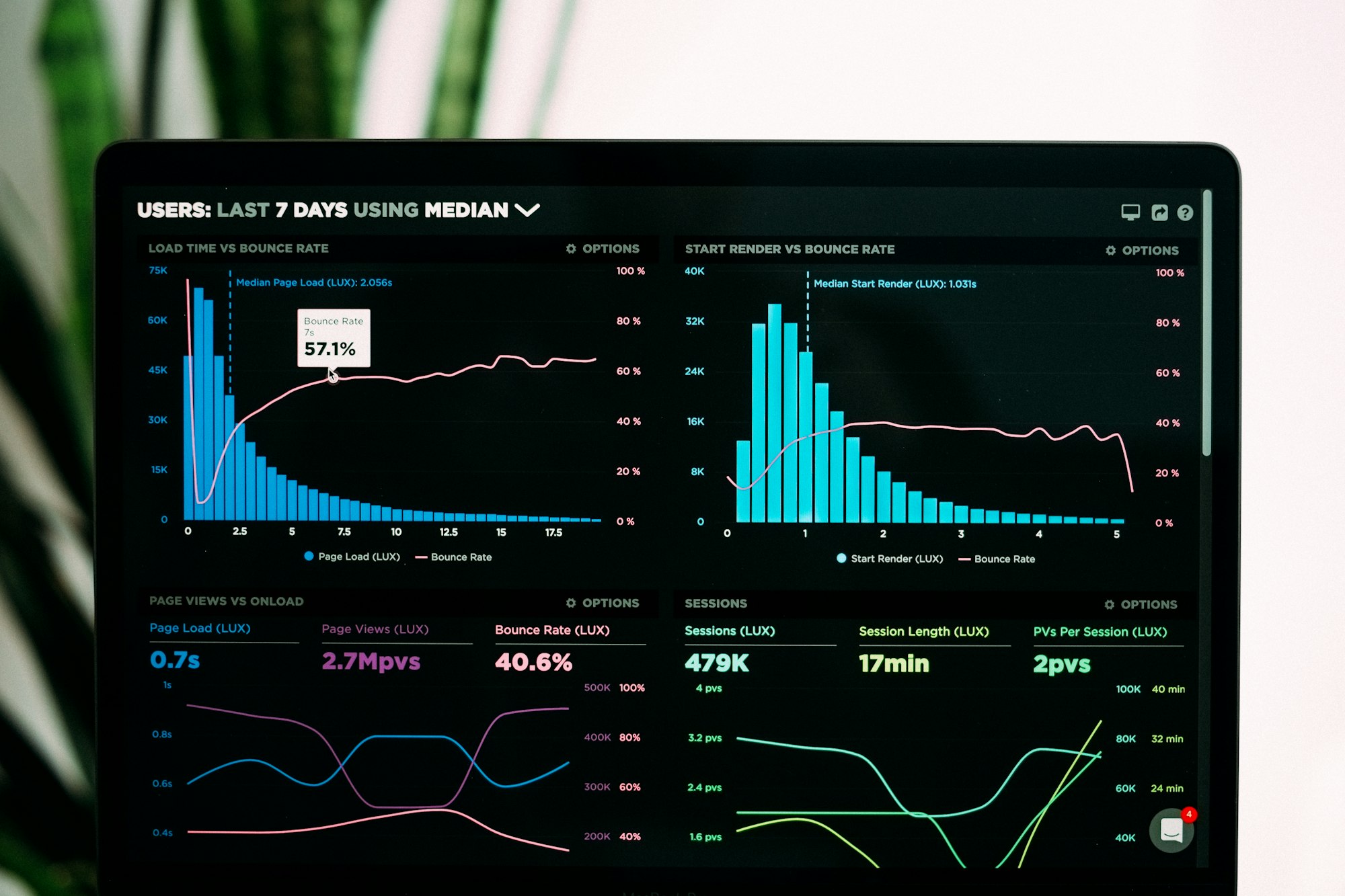
Marketing and awareness metrics
Return on investment (ROI) for marketing campaigns
Return on investment is an important SaaS metric to track, but this is especially true for marketing campaigns. If you aren’t seeing a return on your marketing efforts, it might be time to make some changes.
Marketing is how many of your customers will discover your product, so it’s important that it resonates with your target audience, and converts them into leads for your business.
ROI is measured by comparing your marketing spend to the number of new customers acquired in the same period.
However, if your business has a long sales cycle, it may be worth adjusting your comparison timelines, as marketing leads may take a few months to convert to paying customers.
ROI = ((Profit attributable to marketing – Marketing costs) / Marketing costs) x 100
Website traffic and source analysis
Website traffic measures how many sessions have occurred on your website, and where those sessions have come from (source analysis).
SaaS companies need to have an online presence, and a website is a major aspect of this. To ensure your website is appearing in search results, it’s important to invest in search engine optimization (SEO) strategy and monitor your organic traffic.
To improve your search rankings, you can also track specific keywords to see how well your pages are performing on search engines.
It’s important to use tools such as Google Analytics and Google Search Console to track your website traffic and analyze the sources of traffic (search, email, social, etc.).
Social media engagement and brand awareness
Social media is here to stay, (yes, even for B2B brands), so it’s no surprise that social media engagement is a key metric for SaaS organizations.
Engagement measures how your audience interacts with your marketing efforts on social media, such as their likes, comments, shares, views, and clicks.
These interactions can be compared to how many people viewed your posts (impressions) to determine the overall engagement rate achieved by your efforts.
Social media is also a great place to measure brand awareness and sentiment through impressions and word-of-mouth interactions.
Email open rates
Email open rates show the number of people who received your email and who also opened it. This can show you how engaged your database is with your content.
The more people who open your emails, the more people see your marketing messaging. To calculate your open rate:
Open rate = (Total email opened / Total recipients - Emails bounced) x 100
A low open rate may indicate your subject line and preview weren’t relevant or interesting to your audience or that your database is unengaged. The industry standard for open rates is 20-30%.
Click-through rates (CTR)
Click-through rates measure the number of people who took action or “clicked” after opening your email. This tracks the effectiveness of your marketing campaign’s call to action (CTA).
To calculate CTR, use this formula:
CTR = (Number of clicks / Number of emails delivered) x 100
If you’re seeing poor CTRs, try optimizing your content to be more visually appealing or provide more value to your audience. Some customers may switch off if your marketing emails are too sales-focused.
Want to grow, scale up, and work smarter?
SaaScast is here for you.
Our podcast features guests who will help you take marketing to the next level.
Tune in today. 🎧
